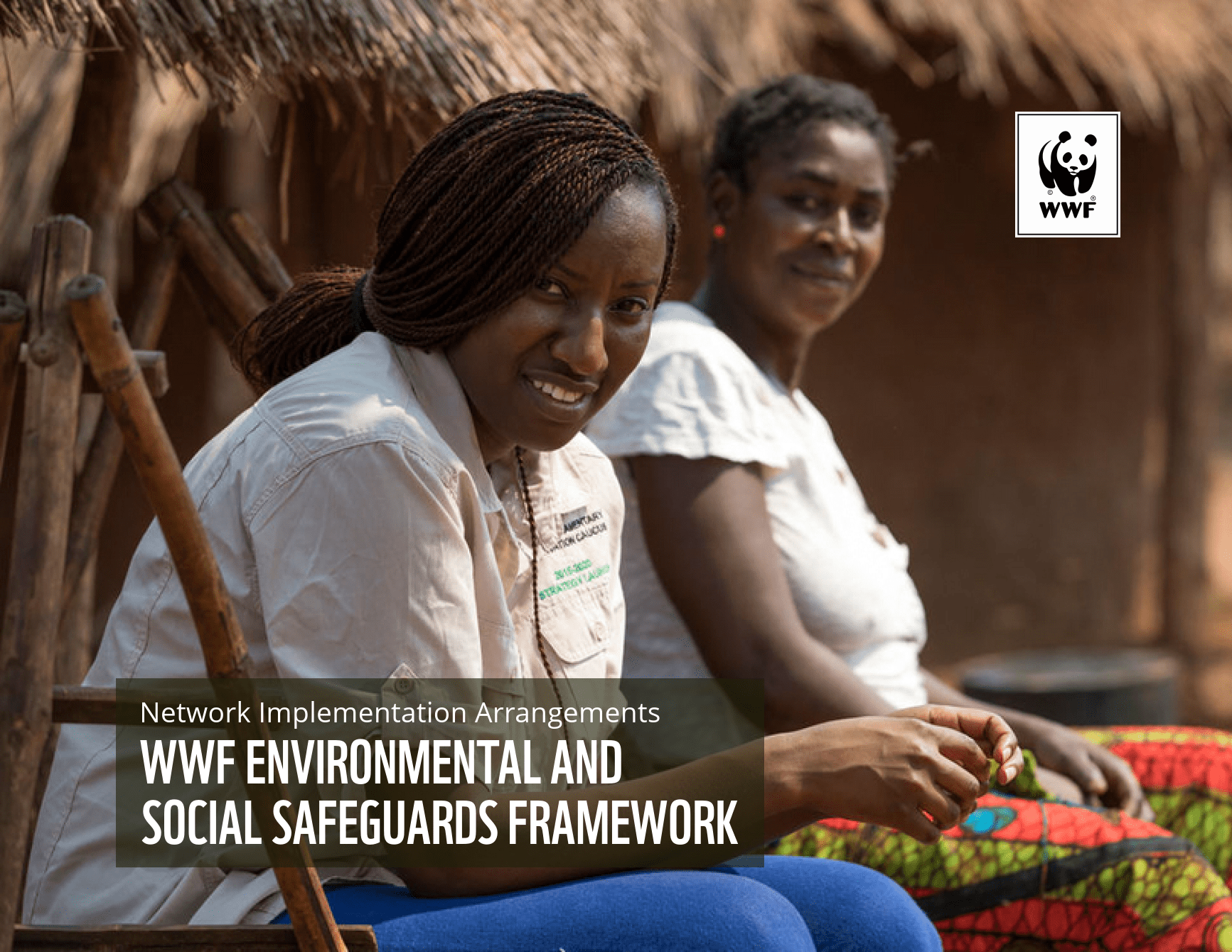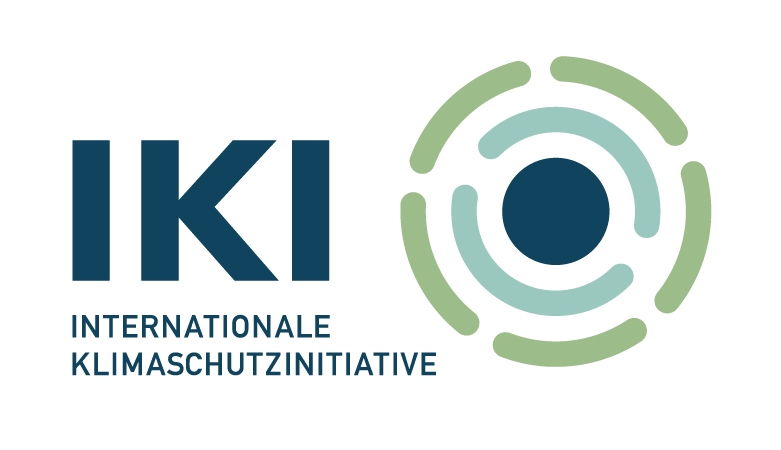Environmental and Social Safeguards
Environmental and Social Safeguards provide guidance on how to systematically manage unintended social and environmental project impacts, such as restrictions on local people’s access to or use of natural resources. To avoid, mitigate or compensate for these unintended or undesired impacts on the local population and environment, safeguards define processes and minimum requirements in project work on various topics, such as stakeholder engagement or the protection of indigenous groups.
The WWF Environmental Social Safeguards Framework (ESSF) is an important tool for meeting our commitments under the WWF Social Policies. It translates the commitments of the Social Policies into practical instructions for action at project level. WWF understands that lasting conservation and community development go hand-in-hand. Through this safeguards framework, WWF is furthering the commitment to drive sustainable development, uphold human rights, and advance the social and economic well-being of people in the places where the organisation operates.
The Environmental and Social Safeguards Framework includes the following features:
- Safeguards screening to surface risks, including those related to community safety, access to natural resources, and indigenous people.
- Sound actions to address risk through the development of mitigation plans, implementation measures, and oversight systems.
- Quality assurance and accountability to ensure appropriate risk management, including through the engagement of qualified safeguards experts
- Community participation throughout project design, implementation and monitoring. Grievance mechanisms will be set up for stakeholders to voice any project-related concerns they have so action can be taken.
- A Global Safeguards Unit that centralizes information and provides assistance, quality assurance, and training, as well as other activities needed for effective implementation.
- An independent ombudsperson that will oversee compliance with the safeguards framework across WWF and serve as a means for mediation when disputes cannot be settled locally.
- Where reports of abuse relate to landscapes or to partners that have received our support, our practice is to investigate, engage communities, take appropriate actions, and press the government to take corrective measures.
IKI Independent Complaint Mechanism
Complaint mechanisms are in place to ensure that support is provided to those who have been harmed in any way or at risk to be harmed by our work. Future Food Together is part of the International Climate Initiative (IKI), which has an indepedent complaint mechanism in place.
The IKI Independent Complaint Mechanism (ICM) helps to resolving complaints concerning IKI projects on a global scale. Any individual, group of people, or community that has been harmed or could be harmed by an IKI project can file a complaint. Additionally, those who seek to report integrity and/or corruption issues—such as fraud, abuse of funds, etc.—can do so. Those who suffer reprisal in connection with an IKI project or a complaint can also use this method. A representative may be appointed by the aggrieved person(s) to file and handle the complaint on their behalf.
Any person who believes they may be harmed by an IKI project or who wish to report corruption or the misuse of funds, can lodge a complaint to the IKI Independent Complaint Mechanism at IKI-complaints@z-u-g.org. The IKI complaint mechanism has a panel of independent experts who will investigate the complaint. In the course of the investigation, we will consult with the complainant so as to avoid unnecessary risks for the complainant. A complaint may be submitted in either English or the complainant’s native tongue. At country level, an independent complaint mechanism is in place for each country, too. More information can be found here:
Project News

Integrating Food Systems into Climate Action: Lessons from Cambodia and Thailand
Both Cambodia and Thailand have recognized the importance of addressing climate change, but the integration of food systems into their NDCs remains a work in progress. Policymakers in both countries have the power to drive transformative change, but they need the right tools and knowledge to do so.

Thai School Lunch Initiative
How can we weave healthy and sustainable diets into everyday school life and get the young ones excited about good, nutritious food?

World Food Day 2024 – The Right to Food
Small impulse, big impact Sometimes all it takes is a small incentive for a big change, says Kim Lape with a smile on his face. He knows well what he's talking about. Just one and a half year ago, the 43-year-old farmer grew vegetables on his farm in the Mondulkiri...


